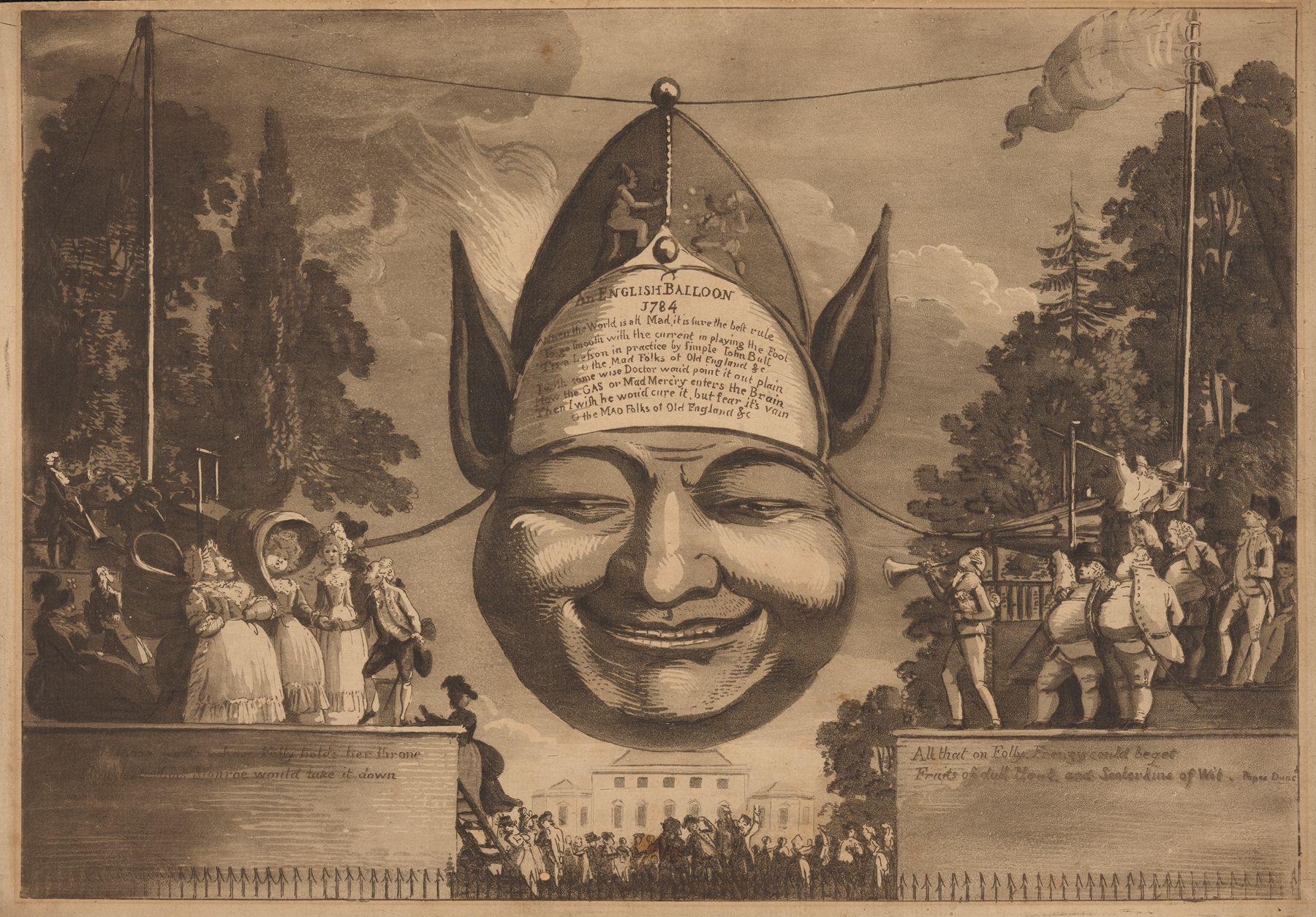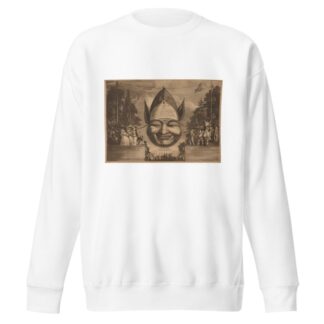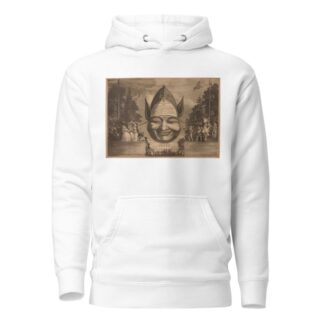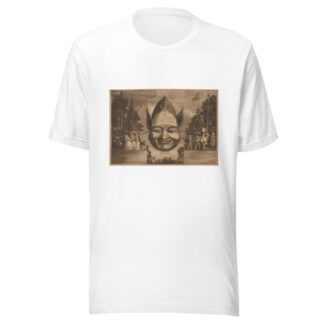Description
An English balloon 1784 by Paul Sandby printed on a T-Shirt
About the T-Shirt
Regular fit
Standard length, the fabric easily gives into movement
Casual wear
A classic, everyday option loved by our customers
Side-seamed
Constructed by sewing two parts together, creating a fitted look
The Unisex Staple T-Shirt feels soft and light with just the right amount of stretch. It’s comfortable and flattering for all. We can’t compliment this shirt enough–it’s one of our crowd favorites, and it’s sure to be your next favorite too!
- Solid colors are 100% Airlume combed and ring-spun cotton
- Ash color is 99% combed and ring-spun cotton, 1% polyester
- Heather colors are 52% combed and ring-spun cotton, 48% polyester
- Athletic and Black Heather are 90% combed and ring-spun cotton, 10% polyester
- Heather Prism colors are 99% combed and ring-spun cotton, 1% polyester
- Fabric weight: 4.2 oz./yd.² (142 g/m²)
- Pre-shrunk fabric
- 30 singles
- Side-seamed construction
- Tear-away label
- Shoulder-to-shoulder taping
- Blank product sourced from Nicaragua, Mexico, Honduras, or the US
Paul Sandby (1731-1809)
Paul Sandby was an English map-maker turned landscape painter in watercolours, who, along with his older brother Thomas, became one of the founding members of the Royal Academy in 1768.
Sandby was born in Nottingham, and baptised there in 1731, although his date of birth has traditionally been given as 1725. In 1745 he moved to London where he followed his brother Thomas in obtaining an appointment in the military drawing department at the Tower of London. Following the suppression of the Jacobite rebellion of 1745, Sandby was employed to assist in the military survey of the new road to Fort George, and of the northern and western parts of the Highlands, under the direction of Colonel David Watson. He was later appointed draughtsman to the survey.
While undertaking this commission, which included preparing designs for new bridges and fortifications, he began producing watercolour landscapes documenting the changes in Scotland since the rebellion, and making sketches of Scottish events such as the hanging in Edinburgh of soldier-turned-forger John Young in 1751.
He left his post with the survey in 1751, and spent some time living with his brother, who had been appointed Deputy Ranger of Windsor Great Park. There he assisted his brother, and made a series of drawings of the castle, the town, and its neighbourhood, which were purchased by Sir Joseph Banks. His skills were applauded by fellow artists such as Thomas Gainsborough: if one wanted “real Views from Nature in this Country”, declared Gainsborough in 1764, there was no better artist than Sandby, who frequently “employ’d his pencil that way.”
He died at his house in Paddington on 7 November 1809, and was buried in the burial ground of St George’s, Hanover Square. He was described in his obituaries as “the father of modern landscape painting in watercolors”.






Reviews
There are no reviews yet.